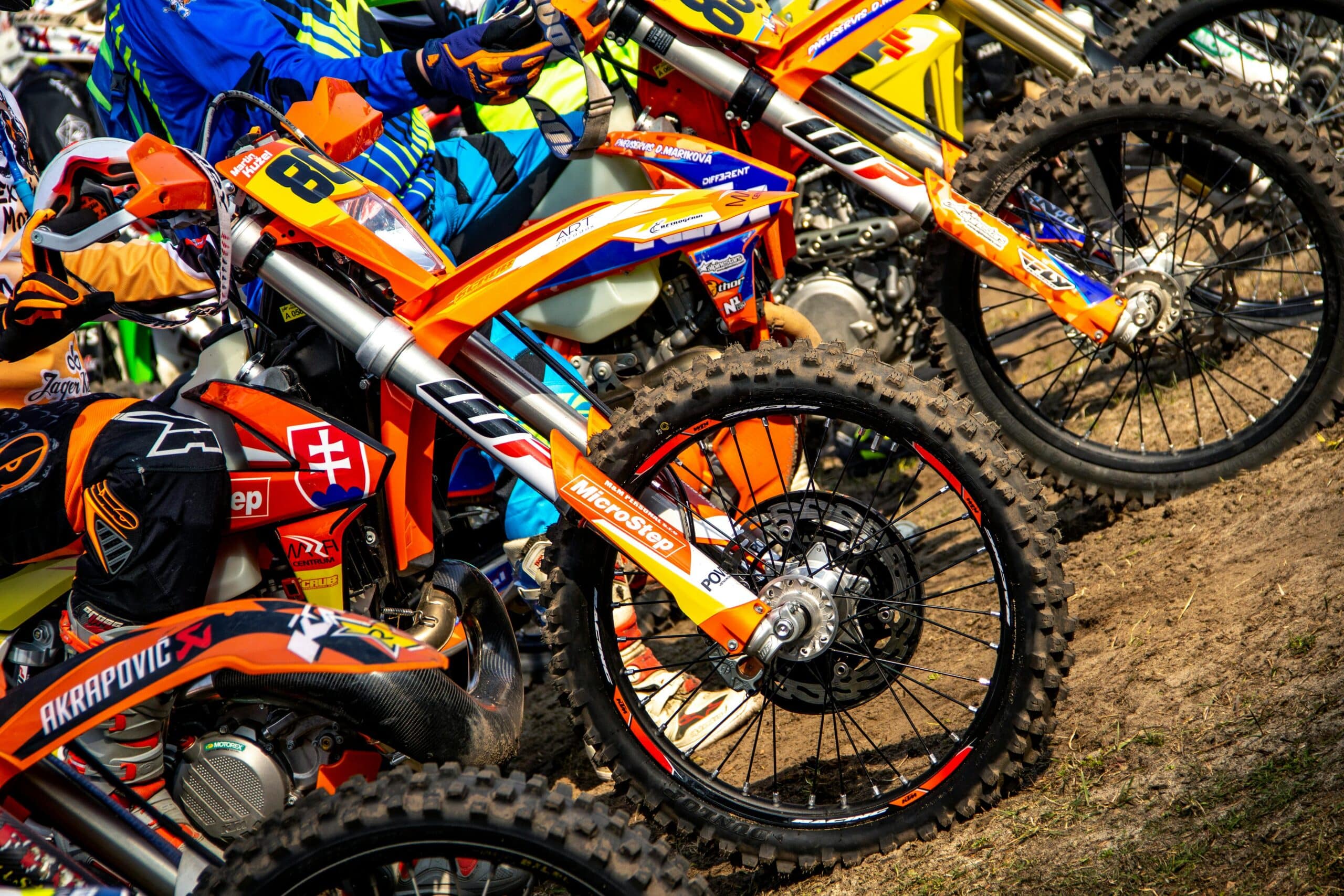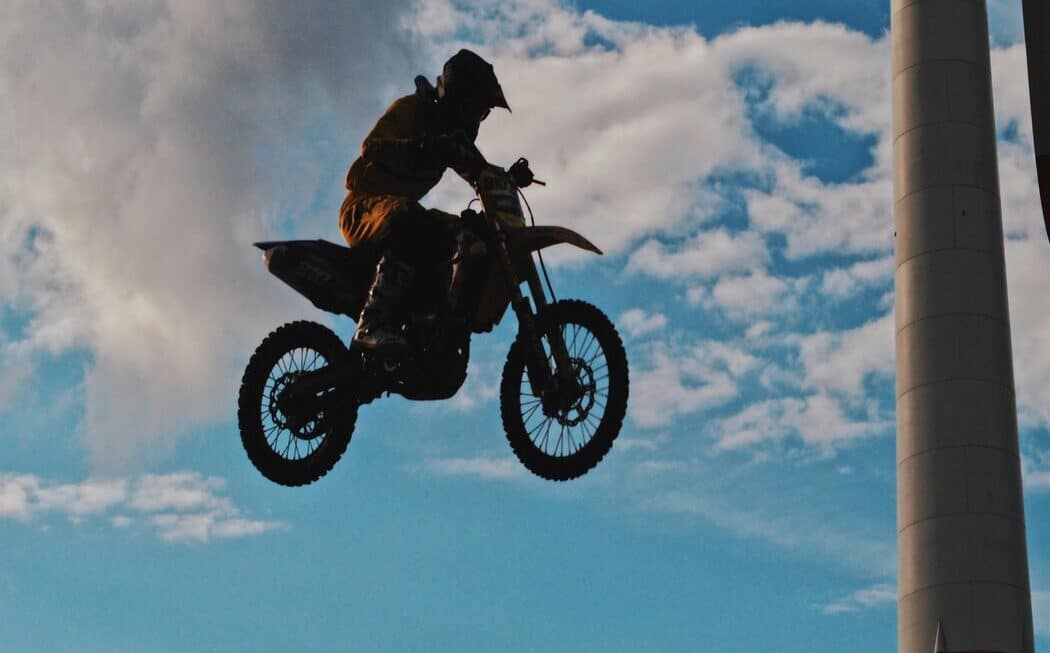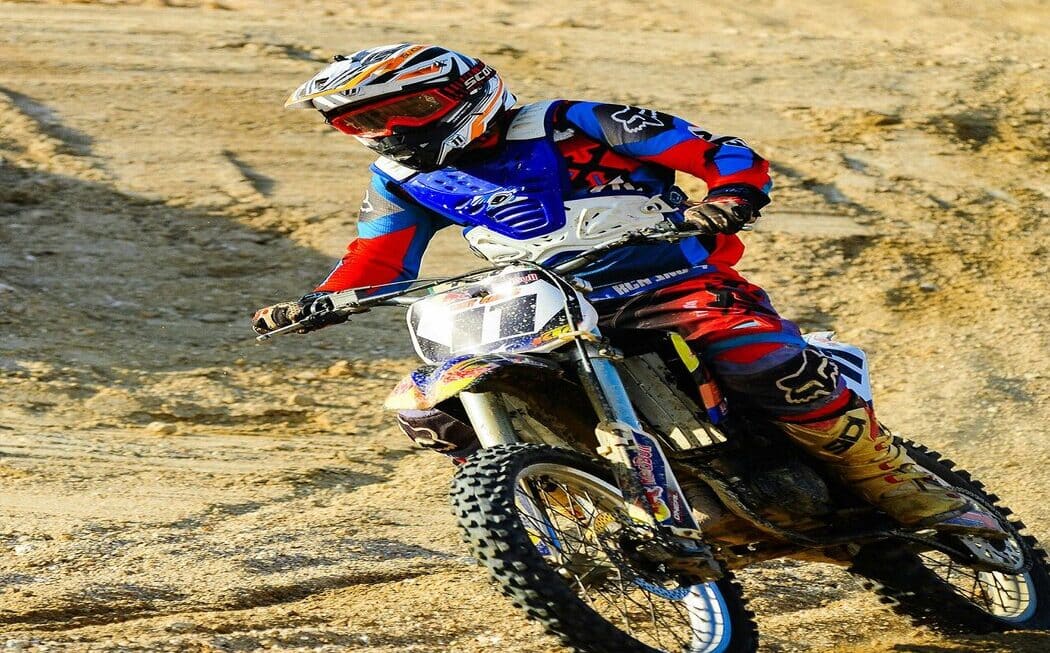There’s something undeniably thrilling about the roar of a dirt bike engine as it kicks gravel and flies over rugged terrain. But as a group of riders tears through the landscape, the experience morphs into something more: a shared adventure defined by camaraderie and safety in numbers.
If you’ve got that restless urge for the off-road mud trail, this post is your compass for navigating the wild world of group dirt bike riding. Whether you’re a complete newbie or a seasoned solo trail blazer, joining a group can take your dirt biking experience to exhilarating new heights. Here’s a comprehensive guide to help you ride off into the sunset with your fellow dirt bike enthusiasts.
The Benefits of Group Riding
Before you rev your engine, it’s essential to understand why group riding is more than just a collection of individuals on bikes. The communal aspect adds layers to the dirt biking experience, boosting your enjoyment and adeptness in the sport.
Camaraderie and Shared Experiences
Group riding offers a unique platform to bond with old friends and make new ones. Each trail taken together is a story shared, a memory made, which often turns into tales of bravery and awe. You’re no longer just riding for yourself; you’re part of a collective experience that enhances the joy of every twist and turn the trail brings.
Safety in Numbers and Skill Improvement
There’s a significant safety element that comes with riding in a group. Should you have a mishap, help is close at hand. Additionally, group riding can turn into a learning ground where members can observe and emulate others’ techniques, leading to personal skill improvement. It’s also psychologically reassuring to know that you have a handy group of buddies ready to tackle any challenge with you.
Preparation Tips
The key to a successful group dirt bike ride lies in preparation. A well-prepped rider with top-notch gear can not only enjoy the ride more but can also be an asset to the group.
Planning and Organizing Successful Group Rides
Effective planning is the keystone of any successful group dirt bike ride. Here are some essential tips to ensure your group ride is seamlessly organized:
- Set a Clear Itinerary: Create a detailed route map with designated stops for rest, refueling, and potential emergency situations.
- Determine Rider Compatibility: Ensure all participants have a similar skill level or arrange the group so that less experienced riders can follow and learn from the more skilled.
- Communicate Expectations: Lay out the day’s goals, expected pace, and riding formation well in advance to avoid any confusion.
- Assign Roles: Designate a leader to guide the group and a sweeper to assist anyone who might fall behind. This ensures all riders are accounted for throughout the trip.
- Pre-Ride Meetings: Hold a meeting to discuss the ride details, weather forecast, and to distribute maps or GPS waypoints.
- Safety Briefing: Conduct a safety briefing to remind everyone about hand signals, formations, and general safety tips.
- Equipment Check: Encourage all participants to conduct a thorough check of their bikes and gear to prevent avoidable technical issues during the ride.
- Post-Ride Feedback: After the ride, encourage feedback to share experiences, discuss what worked well, and what could be improved for future group rides.
By following these tips, riders can enjoy not just the ride itself but also the peace of mind that comes with well-organized group dynamics.
Bike Maintenance and Gear Essentials
Make sure your bike is in optimal condition for the planned ride. This means thoroughly checking the brakes, engine, tire pressure, and suspension. Equally important is to wear the proper gear: helmet, gloves, chest protectors, boots, and knee and elbow guards are non-negotiable. Group rides can easily turn into all-day events, and the unpredictable nature of off-road trails means you need to be prepared for anything.
Communication Devices and Emergency Protocols
Communication is key, and that’s why you should invest in communication devices like wireless headsets. Simple protocols for stopping, pointing out hazards, or indicating a need to slow down can prevent miscommunications that could lead to accidents. It’s also wise to establish a protocol for regrouping and dealing with emergencies before hitting the trail.
Group Riding Techniques
When riding solo, your focus is solely on your trajectory. Riding with a group requires a different mindset and set of skills to ensure the well-being of all riders involved.
Formation Riding and Hand Signals
Staying in formation is not just about aesthetics; it’s about safety and communication. The ‘staggered’ formation is generally preferred for its safety and visibility to other road users. Understanding and practicing hand signals is vital for clear communication on turns, stops, hazards, and even to indicate if a rider needs to readjust their position in the group.
Managing Obstacles and Terrain Challenges
Riding single-track trails with obstacles like logs, rocks, and water crossings can be daunting for inexperienced riders. For group rides, the ‘leaders shoot’ and ‘sweepers’ are designated to manage the group through these challenges. Remember to always ride within your limits and comfort zone, but also be open to gently nudging them with the guidance of the group.
Etiquette and Safety Measures
Group rides come with a unique set of unwritten rules and customs that, when followed, create a fulfilling and safe experience for everyone.
Respect for Fellow Riders and Nature
Treat your fellow dirt bike riders with the respect you’d want for yourself. Be considerate of their pace, skill level, and personal space. The same courtesy extends to nature; when you take the dirt bike off-road, you’re a guest in a natural environment, so leave nothing behind that could damage the ecosystem.
Importance of Following Rules and Guidelines
In the excitement of the ride, it’s easy to get carried away, but it’s crucial to follow the rules, especially when it comes to speed limits, areas where riding is permitted, and codes of conduct. Remember, your actions reflect on the entire group, so set a positive example.
Post-Ride Practices
The experience of the group ride doesn’t end when you pull back into the starting point. There’s a community ethic to covering all aspects of the experience together, including the crucial post-ride rituals.
Bike Cleaning and Maintenance
A clean bike is a happy bike, and this holds doubly true for off-road riding. Debris and grime have a way of finding their way into every nook and cranny of your machine. Post-ride, take the time to clean your bike and check for any damage. It’s also an excellent time to address specific maintenance needs that might have cropped up during the ride.
Reflection on the Ride and Lessons Learned
After the excitement has settled, reflect on the ride. What went well? What could be improved? Group rides are fantastic opportunities to learn and grow as a rider, and taking some time to think about your experiences can help you make the most out of your next adventure.
Conclusion
The rush of dirt bike riding is an undeniably individual one, but the shared thrill of group riding adds a social dimension that can’t be replicated. However, to enjoy this unique experience fully, it’s crucial to be prepared, to ride responsibly, and to contribute positively to the group dynamic. Whether you’re uniting with longtime riding buddies or joining a group of strangers, these tips and tricks will ensure that each group ride is an adventure to remember. Happy trails, and may your group dirt bike rides be filled with unforgettable memories and the kind of bumps and jumps that make for legendary stories around the campfire.



